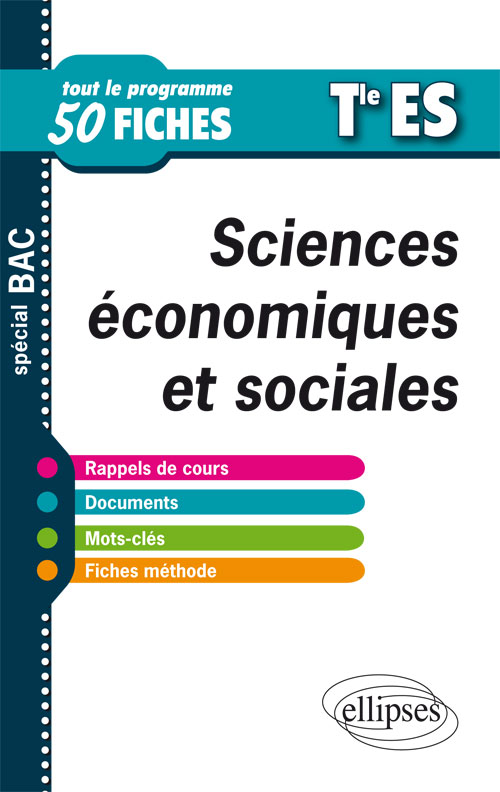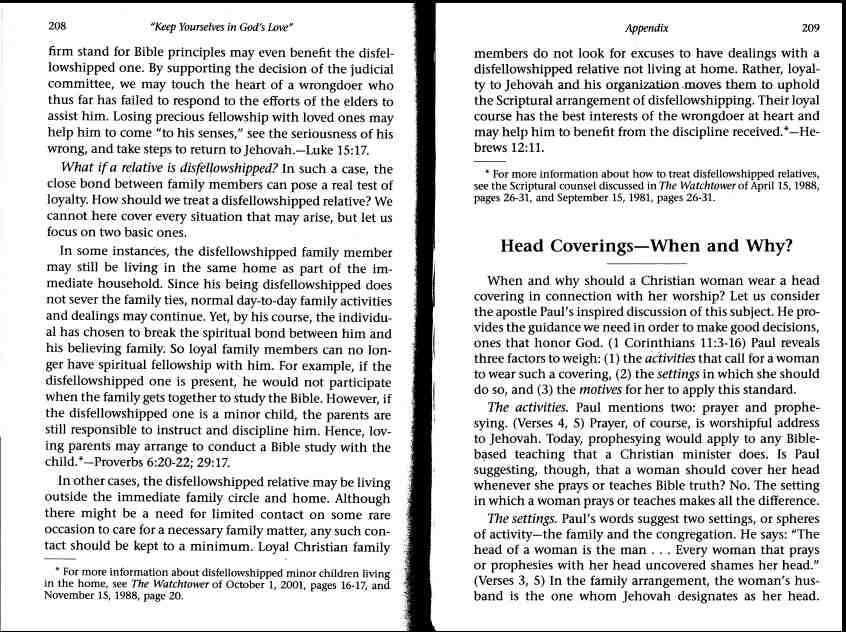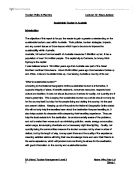Real-Time Bridge Scouring Safety Monitoring System.
TRB’s National Cooperative Highway Research Program (NCHRP) Research Results Digest 378: Evaluation of Bridge Scour Research summarizes key finding of three NCHRP projects that explored processes and predictions related to pier scour, abutment and contraction scour, and geomorphic scour.
TRB’s National Cooperative Highway Research Program (NCHRP) Web-Only Document 181: Evaluation of Bridge-Scour Research: Abutment and Contraction Scour Processes and Prediction examines bridge-abutment scour and the effectiveness of the leading methods used for estimating design scour depth. In September 2012 TRB released NCHRP Research Results Digest 378: Evaluation of Bridge Scour Research.

Monitoring scour is of paramount importance to ensure the continued safe operation of the aging bridge asset network. Most monitoring regimes are based on expensive underwater instrumentation that can often be subjected to damage during times of flooding, when scour risk is at its highest.

In the United States, bridge scour is one of the three main causes of bridge failure (the others being collision and overloading). It has been estimated that 60% of all bridge failures result from scour and other hydraulic-related causes.

A Case Study on Bridge-Scour Risk Assessment.. It can also provide a mean to compare possible bridge scour countermeasures that may be compatible to the local site characteristics of the bridge.
A Decade of High Priority Bridge Scour Research in the U.S. By J. Sterling Jones1 and E. V. Richardson2 Abstract: The highway industry in the United States has sponsored scour research for more than 50 years, but it was always at a very modest level until a series of catastrophic bridge failures occurred in the late 1980’s and early 1990’s.

TRB’s National Cooperative Highway Research Program (NCHRP) Web-Only Document 181: Evaluation of Bridge-Scour Research: Abutment and Contraction Scour Processes and Prediction examines bridge-abutment scour and the effectiveness of the leading methods used for estimating design scour depth.

In September 2012 TRB released NCHRP Research Results Digest 378: Evaluation of Bridge Scour Research, which summarizes key finding of NCHRP Web-Only Document 181 along with two other NCHRP projects that explored processes and predictions related to pier scour, abutment and contraction scour, and geomorphic scour.
This paper explores the relationship between climate change and bridge scour, identifying barriers to sustainable adaptation. Scour is the removal of riverbed material at bridge foundations due to hydraulic action and is the foremost cause of bridge failure in the UK and worldwide.

Bridge scour monitoring, and scour monitoring at other offshore structures can identify and prevent disasters before they strike. While scour can occur slowly over time, flood events can cause rapid scouring, to the point of structure failure.

The research performed in this project focuses on the application of instruments including accelerometers and tiltmeters to monitor bridge scour. First, two large scale laboratory experiments were performed. One experiment is the simulation of a bridge with a shallow foundation, and the other is the simulation of a bridge.

The process of scour around bridge elements like piers, abutments and spur dikes is complex due to three-dimensionality of the flow and sediment transport. A number of investigations have been carried out on this topic mainly with the objective of developing relationships for maximum depth of scour.

He has been associated with bridge scour research and design in New Zealand since 1972, having published over 40 conference and journal papers related to bridge scour.




